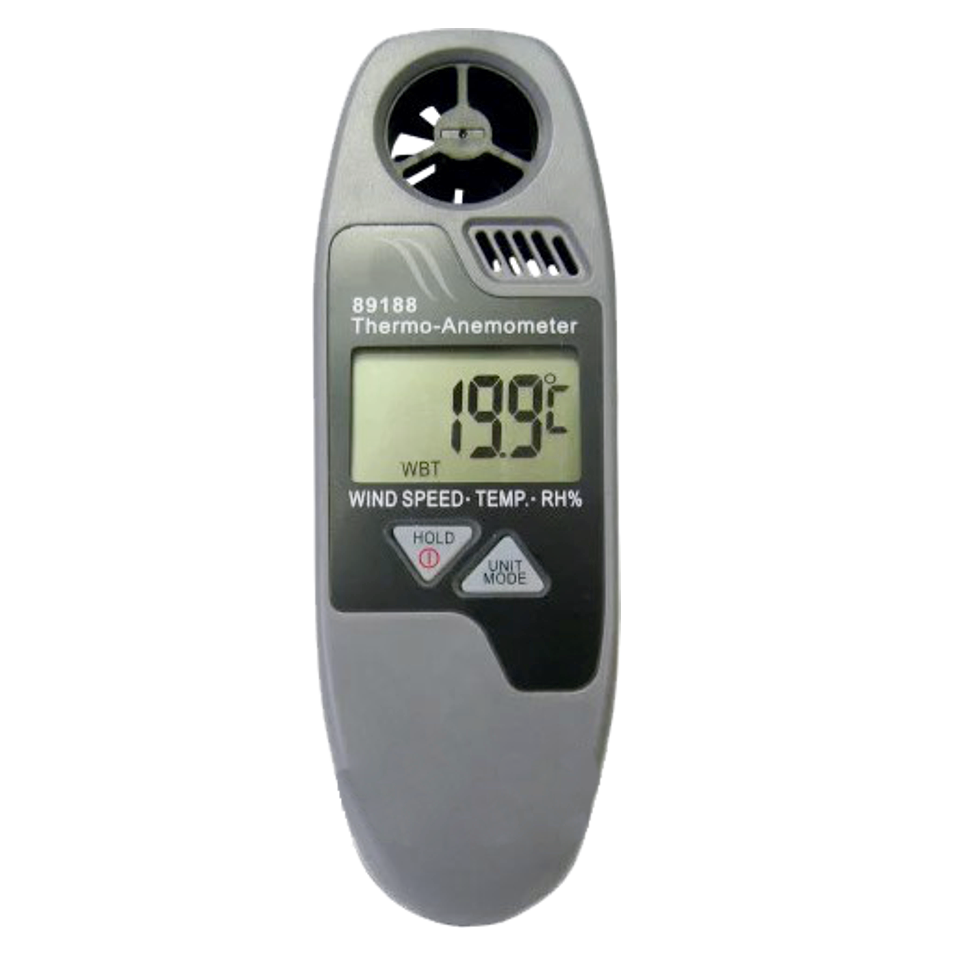Why an Anemometer is Vital for Your Environmental Information Collection
Why an Anemometer is Vital for Your Environmental Information Collection
Blog Article
Checking Out the Functions and Benefits of Anemometers for Climate Lovers and Professionals
From cup anemometers to sonic anemometers, each kind brings its one-of-a-kind set of benefits and applications, losing light on various aspects of climatic problems. As we dive right into the functions and advantages of anemometers, a deeper understanding emerges not only of dominating climate phenomena however also of the wider ramifications for markets like wind power manufacturing and ecological research study.
Value of Anemometers in Weather Condition Monitoring
Anemometers play an essential role in weather monitoring by offering accurate dimensions of wind rate, aiding in projecting and understanding climate patterns. These instruments, ranging from conventional cup anemometers to modern ultrasonic anemometers, are crucial for meteorologists, researchers, and climate fanatics alike. By gauging wind rate, anemometers aid in determining the strength of climate phenomena such as hurricanes, tornadoes, and storms. Furthermore, they give valuable information for aviation, maritime operations, and various industries that are sensitive to wind conditions.

Types of Anemometers and Their Applications
With the important duty anemometers play in weather tracking and projecting, understanding the different kinds of these instruments and their applications ends up being necessary for experts and lovers in the field. One of the most typical kinds of anemometers consist of mug anemometers, vane anemometers, hot-wire anemometers, and ultrasonic anemometers. Cup anemometers are composed of 3 or 4 mugs placed on straight arms that revolve with the wind, measuring its speed. Vane anemometers, on the various other hand, use a freely turning vane to align with the wind instructions, providing both wind speed and instructions measurements. Hot-wire anemometers operate based upon the concept of convective heat transfer, where the cooling impact of the air circulation is determined to establish wind rate. Ultrasonic anemometers utilize ultrasonic acoustic wave to compute wind speed and instructions properly.
Mug anemometers are ideal and robust for general weather condition surveillance, while vane anemometers are preferred for directional measurements. Ultrasonic anemometers are non-intrusive and supply high precision, often made use of in research study and specialized weather condition monitoring applications.
Benefits of Using Anemometers in Projecting
In meteorology, the application of anemometers offers vital benefits for improving the precision of climate projecting. Anemometers determine wind rate and direction, giving essential data for forecasting climate patterns. By integrating wind data right into projecting versions, meteorologists can much better recognize the motion of weather condition systems, anticipate adjustments in company website weather, and problem a lot more exact projections.
Furthermore, anemometers play an essential role in evaluating possible climate risks. Keeping track of wind rates helps forecasters forecast serious climate occasions such as storms, twisters, and winter season tornados with higher accuracy. This very early caution system makes it possible for authorities to release timely informs and implement essential security steps, lowering the risks to life and building.
Furthermore, anemometers aid in enhancing renewable resource manufacturing. By assessing wind patterns, meteorologists can identify appropriate places for wind farms and forecast power outcome, adding to the efficient generation of wind power.

Anemometers in Wind Energy Manufacturing
Given the essential function anemometers play in offering accurate wind information for climate projecting and hazard assessment, their importance includes the realm of wind energy manufacturing. Anemometers are crucial instruments in the area of wind energy, where the dimension of wind speed and instructions is vital for establishing the usefulness and performance of wind generator installments. By accurately measuring wind speeds at varying elevations, anemometers help optimize the placement and style of wind generators to maximize power output.
In wind ranches, anemometers are strategically placed to gather real-time wind data that is made use of to assess the prospective energy manufacturing of a site. This information is instrumental in identifying the financial practicality of wind power projects and in forecasting energy generation to ensure grid security. Furthermore, anemometers help in keeping an eye on wind problems to enhance generator efficiency, protect against damage from high winds, and make certain the security of employees operating in the location of wind generators.
Enhancing Weather Condition Understanding With Anemometers

Anemometers play a crucial function in boosting our understanding of microclimates. These localized climate problems can differ considerably from broader local forecasts, making it important to have accurate data for specific areas. anemometer. By purposefully placing anemometers in numerous locations, researchers can collect in-depth info on just how wind behaves in different surfaces, metropolitan settings, or bodies of water
Furthermore, anemometers add to improving weather forecasting designs by providing real-time data on wind habits. This info is particularly beneficial for predicting serious weather condition occasions, maximizing farming techniques, and supporting markets like air travel and maritime navigation. In general, anemometers are very useful tools that enable us to delve much deeper into the intricacies of weather systems, ultimately causing more exact forecasts and better-informed choices.
Verdict
In conclusion, anemometers play an important role their website in climate tracking and projecting by gauging wind speed and instructions. Anemometers also have applications in wind energy production, further highlighting their significance in both weather forecasting and sustainable energy industries.
From cup anemometers to sonic anemometers, each kind brings its unique collection of applications and benefits, losing light on different facets of climatic problems. These tools, ranging from typical cup anemometers to contemporary ultrasonic anemometers, are essential for meteorologists, researchers, and weather condition fanatics alike. The most usual kinds of anemometers consist of mug anemometers, vane anemometers, hot-wire anemometers, and ultrasonic anemometers. Mug anemometers are appropriate and robust for general weather condition tracking, while vane anemometers are favored for directional measurements. Anemometers are important instruments more tips here in the field of wind power, where the dimension of wind rate and instructions is vital for establishing the usefulness and performance of wind generator setups.
Report this page